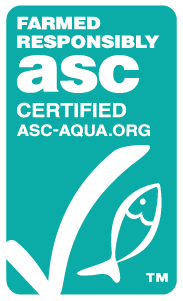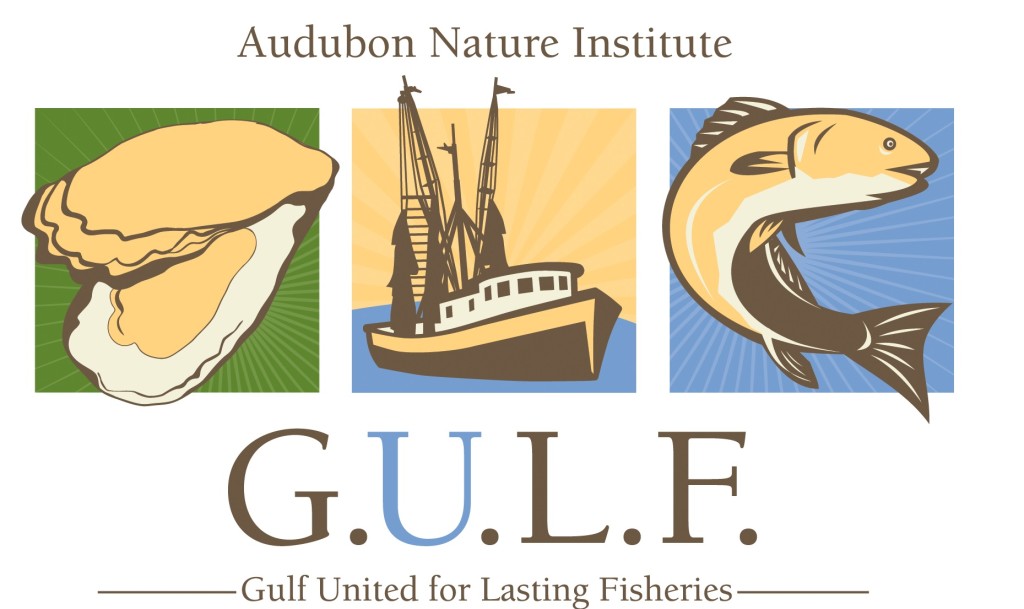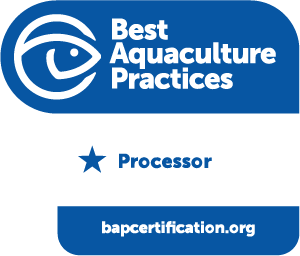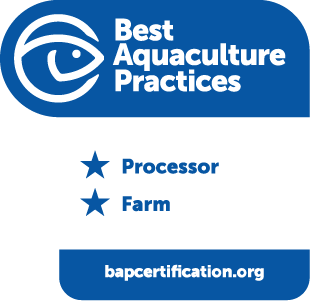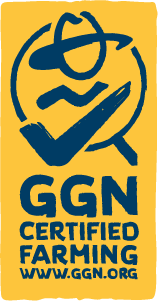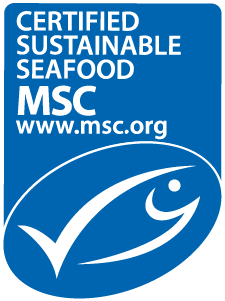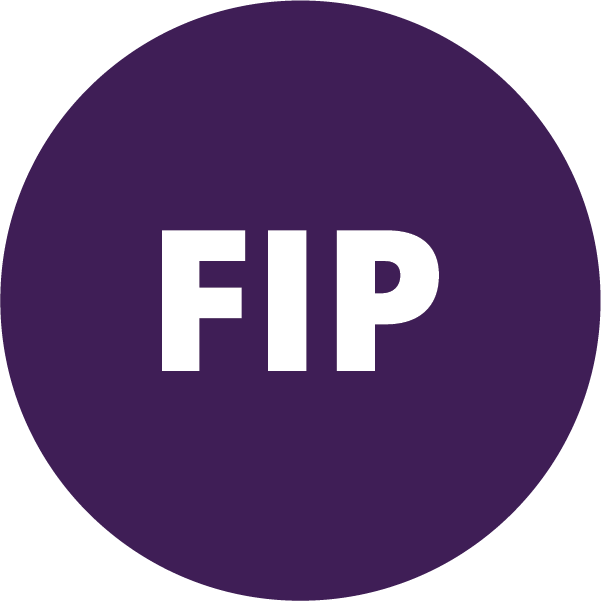New to sustainable seafood? Use FishChoice's Sustainable Seafood 101 page to familiarize yourself with key themes, decode seafood ratings and certifications, and to learn more about the importance of the sustainable seafood movement. Access our list of key terms at any time by visiting our Seafood Glossary located at the bottom of the page.
Sustainable Seafood Overview
What is sustainable seafood and why does it matter?
How do we know what seafood is sustainable?
Understanding Seafood Sustainability Rating and Certification Programs
Understanding US Fisheries Management and Regulations
Understanding US Aquaculture Regulations
How can I get started?
Seafood Glossary
Sustainable Seafood Overview
Seafood sustainability can be a complex issue. At FishChoice, we strive to remove that complexity by finding ways to make it as easy as possible for businesses to understand the basics of seafood sustainability and giving them access to the tools needed to move ahead on sustainability efforts.
As a business (or a consumer), there are a few steps that you should take to get started:
- Learn the basics of sustainability and why it matters.
- Understand the tools and information that are available to help you move ahead on your sustainability efforts.
- Assess where you are today on sustainability such that you understand what you would like to improve.
- Seek out new sources for your products.
This may all seem like a lot of work. However, there are a lot of sources of information, and a lot of companies and organizations around the world working hard to improve the sustainability of the seafood items we all love. FishChoice tailors this information and makes it accessible and actionable so that businesses can track and manage the sustainability of their seafood.
What is sustainable seafood and why does it matter?
Sustainable seafood, sometimes referred to as environmentally responsible seafood, encompasses both wild and farmed species that have been raised or caught in a sustainable manner. The term “sustainable” is defined in many different ways by different organizations but when applied to seafood, it generally means that the harvesting or farming of a species is done in such a way that it can continue into the future.
This is important for several reasons. As a food source, seafood represents a large portion of the world's protein. With a growing global population, the demand for seafood is only increasing. But unfortunately, the global harvest of wild capture seafood has remained mostly level since the mid 1980s. While the demand for seafood is on the rise, that doesn't mean that wild capture fisheries can always keep up. To help meet the demand, fish farming (aquaculture) has increased dramatically over the last few decades. In fact, roughly half of the world’s seafood comes from aquaculture.
To define the sustainability of seafood is complex. That is largely because there are thousands of species that are caught or farmed around the world. Each species, and the way they are caught or farmed, has unique impacts on the environment. At FishChoice, we do not have a specific definition or set of criteria for sustainability. We rely on many different sustainable seafood organizations and programs around the world for that. We bring their sustainability information and criteria together, enabling businesses to decide what is most relevant to them.
While each organizations' criteria for evaluating the sustainability of a species may differ depending on their goals or the geographies they work in, the following items below are typically taken into account when determining whether or not a species is sustainable.
| Wild Fisheries |
|
| Aquaculture (Fish Farms) |
|
In recent years, the importance of sustainable seafood has increased in the public eye as climate change, overfishing, historical buying preferences, poor management, working conditions, and environmentally disruptive fishing practices have had damaging effects on wild fisheries. Choosing to buy sustainable seafood, or practice sustainable fishing/harvest methods is often seen as the best way to negate the harmful effects of the issues raised above.
In addition to the environmental and social benefits of sustainable seafood; catching, buying, and selling sustainable seafood makes sense from a business perspective. Ensuring the livelihoods of those who work within the seafood industry requires having a continued product to sell, making sustainability central to the long-term economic viability of seafood businesses. As more consumers are asking for sustainable options, switching to more sustainable products makes sense to meet demand, improving the sustainability of the seafood you buy and sell through sourcing or becoming involved in improvement efforts makes good business sense.
How do we know what seafood is sustainable?
Entities that evaluate the sustainability of seafood can be broken down into three groups:
| Government | Government is tasked with managing the resources and determining laws that help maintain the balance between the seafood industry and the resource. Governmental impact and fisheries management can vary around the world. |
| Industry | The seafood industry organizes trade associations to help manage the resources that they need to sustain their businesses. |
| Conservation | Conservation organizations strive to ensure that governments and the industry are being conservative enough in their efforts to preserve the environment and the long- term supply of both wild and farmed seafood. |
Conservation organizations play several roles. These include:
- Policy Advocacy
- Industry Partnerships
- Research
- Certifications
- Ratings
- Watchdogs
All of these elements are needed to drive toward a more sustainable seafood sector. FishChoice works directly with ratings and certification organizations because their outputs are most directly applicable to the seafood industry when decisions are being made about sourcing and improving overall sustainability. You can read more about each below and how ratings and certifications can provide you with information to assist in your seafood sourcing.
In addition to partnering with the leading sustainable seafood rating and certification organizations, FishChoice collaborates with sustainable seafood programs, entities, and initiatives working to accelerate sustainability in the global seafood supply chain. Learn more about these collaborators here.
Government, industry, and conservation organizations all have their individual roles to play and they also work together in many ways. A common way that these three groups come together is through fishery improvement projects (FIPs). FIPs are a multi-stakeholder effort to address environmental challenges in a fishery. These projects utilize the power of the private sector to incentivize positive changes toward sustainability in the fishery and seek to make these improvements endure through policy change.
Another way to advance your understanding of seafood sustainability would be to review “A Common Vision for Sustainable Seafood” below. This is a deeper dive into the issues and recommended next steps for seafood businesses to take. The Common Vision was developed by the Conservation Alliance for Seafood Solutions; a community of over 40 organizations that believes seafood production is a powerful driver of transformational change for both the health and biodiversity of our oceans and the economic and social well-being of individuals and communities around the world.
The Common Vision for Sustainable Seafood includes six steps that companies should take:
|
Make a Public Commitment |
Develop a comprehensive policy on sustainable seafood that includes time-bound objectives for addressing environmental and social issues and traceability. FishChoice has developed tools businesses can use to create seafood sustainability commitments which can be accessed here. |
|
Collect Data on Seafood Products |
Monitor the sustainability of seafood products and assess labor and human rights risks within your supply chains. You can assess and track the sustainability of the seafood you buy and sell by using the My Assessments tool on FishChoice. |
|
Make Responsible Sourcing Decisions |
Support sustainable and improving seafood sources through purchasing decisions. You can find sources of product organized by certifications, ratings, origins, and much more by browsing the FishChoice Partner Directory and Seafood Recommendation Engine. |
|
Be Transparent |
Make information regarding the environmental and social performance of seafood products publicly available and report on progress against your sustainable seafood commitment. You can publicly display the sustainability of your seafood directly on FishChoice.com by joining our FishChoice Partner Program. |
|
Educate Staff, Customers, and Vendors |
Educate employees, customers, suppliers, and other key stakeholders about sustainable seafood, including the importance of addressing environmental and social issues and working toward full traceability. FishChoice has a variety of resources to help businesses learn about seafood sustainability, the leading seafood rating and certification programs, and seafood buying guides. |
|
Support Improvements in Fisheries and Aquaculture |
Engage in policy and management reform that leads to positive social, economic, and environmental outcomes in fisheries and aquaculture production, including ensuring implementation of core labor standards. You can learn about opportunities to support improvements, as well as follow projects on our sister-site, FisheryProgress.org. |
For a more in-depth understanding of these steps please see the full Common Vision for Sustainable Seafood.
Understanding Seafood Sustainability Rating and Certification Programs
Seafood sustainability ratings and certifications play complementary roles to drive sourcing improvements. Ratings focus on assessing as many seafood sources as possible in key markets to provide information on the full spectrum from low to high performance. Certifications validate that the product has been produced sustainably and complies with applicable social and chain of custody standards.
You can learn more about the differences between ratings and certifications by using our reference table.
When viewing and assessing seafood products on Fishchoice.com, you will see that each seafood source will have corresponding sustainability ratings listed next to it, and in some cases it will also show whether or not it is certified. The best way to decode these ratings and certifications, and determine whether a product is sustainable, is to familiarize yourself with the individual programs and criteria each uses to determine their sustainability ratings or certification eligibility.
FishChoice currently lists sustainability ratings from the following partners:
Seafood Watch - Seafood Watch was developed by the Monterey Bay Aquarium to research and evaluate wild-caught and farmed seafood. The result is comprehensive seafood sustainability recommendations for the major seafood species consumed in the United States.
Ocean Wise - Ocean Wise is a Vancouver Aquarium conservation program created to educate and empower consumers about the issues surrounding sustainable seafood. Ocean Wise works directly with restaurants, markets, food services, and suppliers to ensure that they have the most current scientific information regarding seafood and help them make ocean-friendly buying decisions.
Marine Conservation Society - The Marine Conservation Society (MCS) is a UK-based charity dedicated to protecting our seas, shores, and marine wildlife. By producing and communicating seafood ratings via its Good Fish Guide (first published in 2002), MCS aims to help UK consumers and businesses make the right choices.
| Program | Ratings Key | |
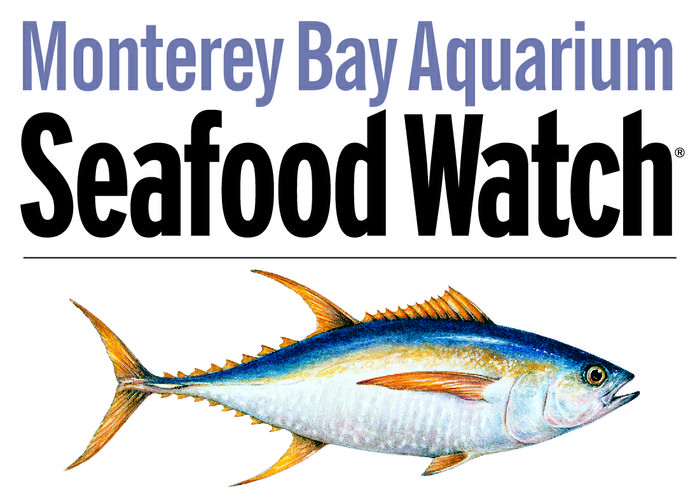 |
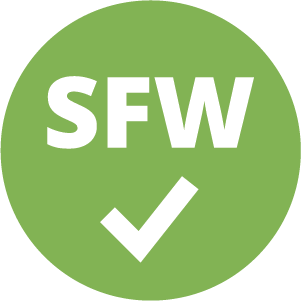 |
Best Choice Species is abundant, well managed, and caught or farmed in environmentally friendly ways |
|
Good Alternative Species is still a good option, but there are concerns with how they’re caught or farmed - or with the health of their habitat due to other human impacts. |
||
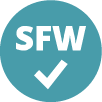 |
Eco-Certification Recognized Products come from certifications have been benchmarked against the Seafood Watch criteria for farmed and wild seafood as equivalent to at least a Seafood Watch 'Good Alternative' recommendation. |
|
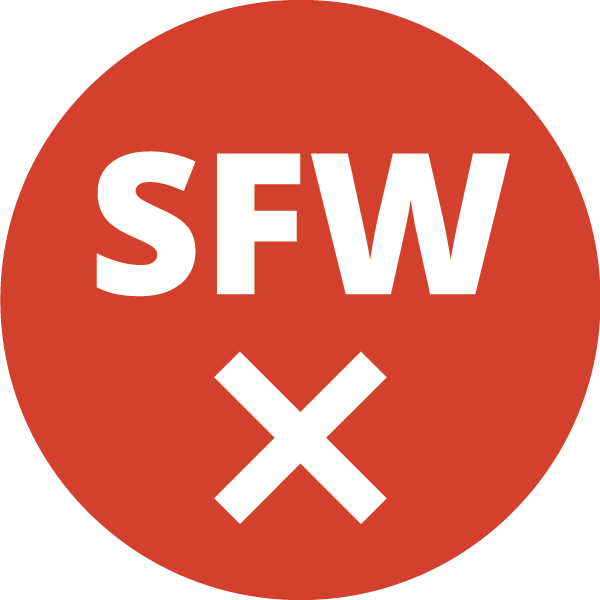 |
Avoid Species may be overfished, there may be unacceptably high levels of bycatch, and/or the fish is caught or farmed in ways that have deleterious impacts on affected ecosystems. |
|
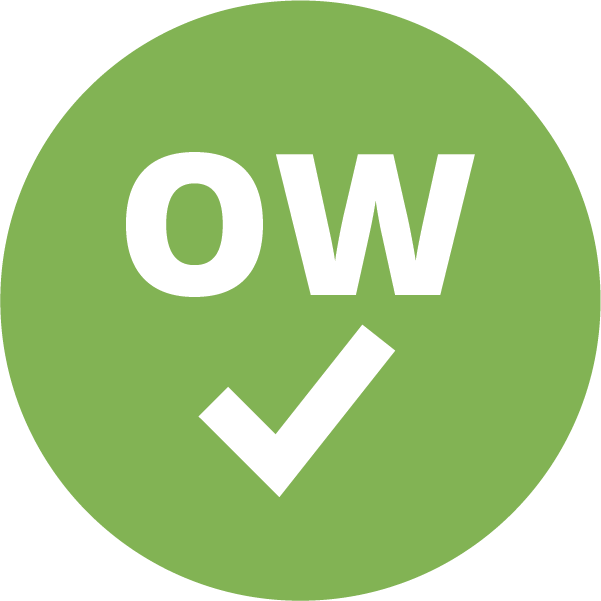 |
Recommended Sustainable - Species is caught or farmed in a way that ensures the long-term health and stability of the species, as well as the greater marine ecosystem. |
|
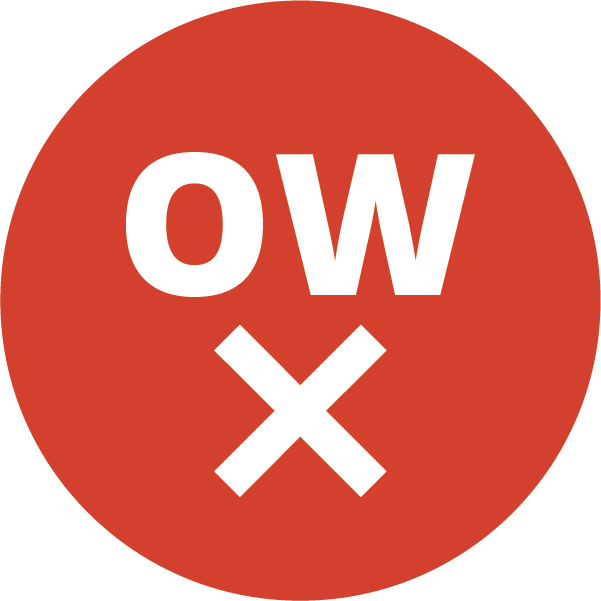 |
Not Recommended Unsustainable - Species is not caught or farmed in a way that ensures the long-term health and sustainability of that species, as well as the greater marine ecosystem. |
|
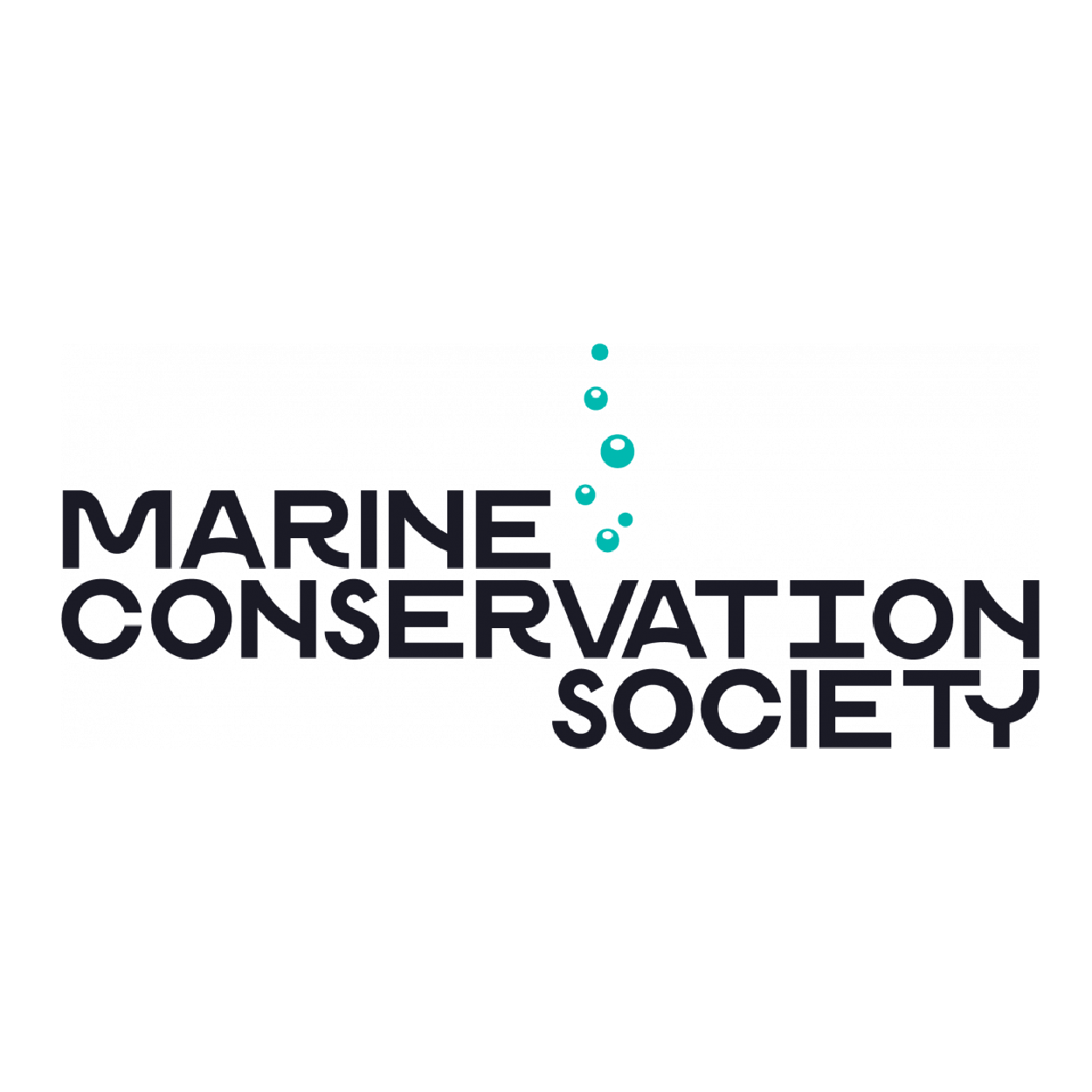 |
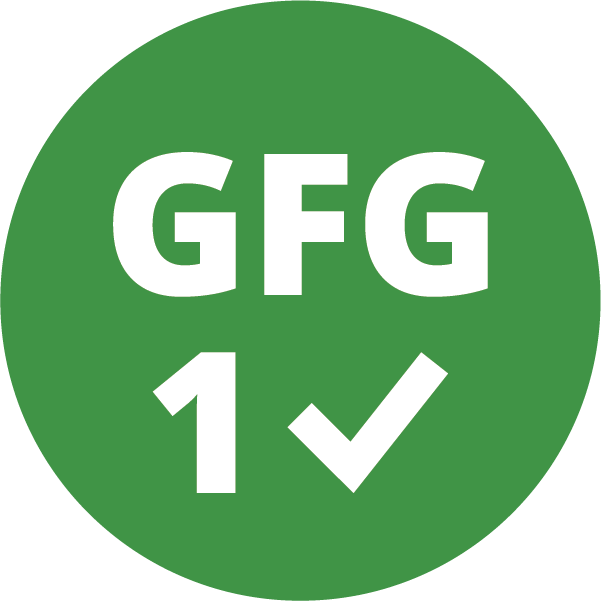 |
1 - Best Choice Indicate fish that are in MCS's opinion, the best choice and come from well-managed fisheries and fish farms that have a lower impact on the marine environment. |
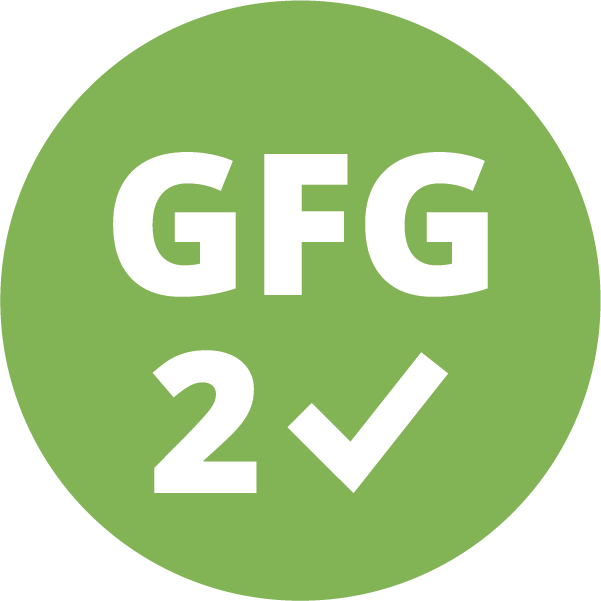 |
2 - Best Choice Indicate fish that are in MCS's opinion, the best choice and come from well-managed fisheries and fish farms that have a lower impact on the marine environment. |
|
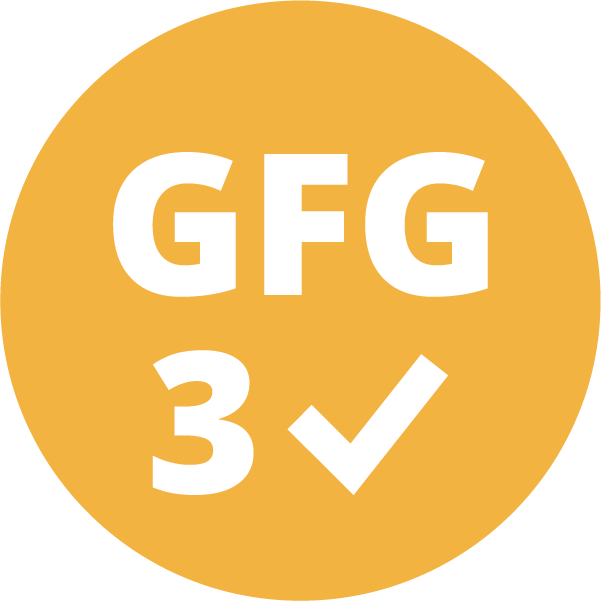 |
3 - Think Indicate fish that MCS would like people to eat less of until the fishery or farming method improves. These choices may be at risk of becoming unsustainable because of one or more environmental impacts. |
|
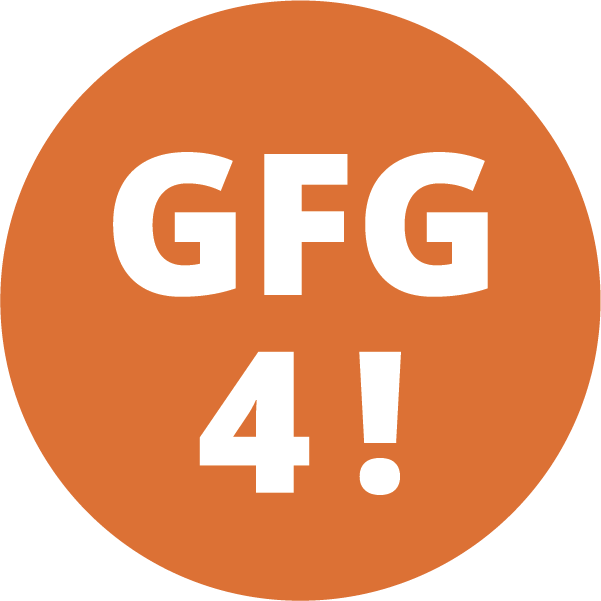 |
4! - Think Indicate fish that MCS would like people to eat less of until the fishery or farming method improves. These choices may be at risk of becoming unsustainable because of one or more environmental impacts. |
|
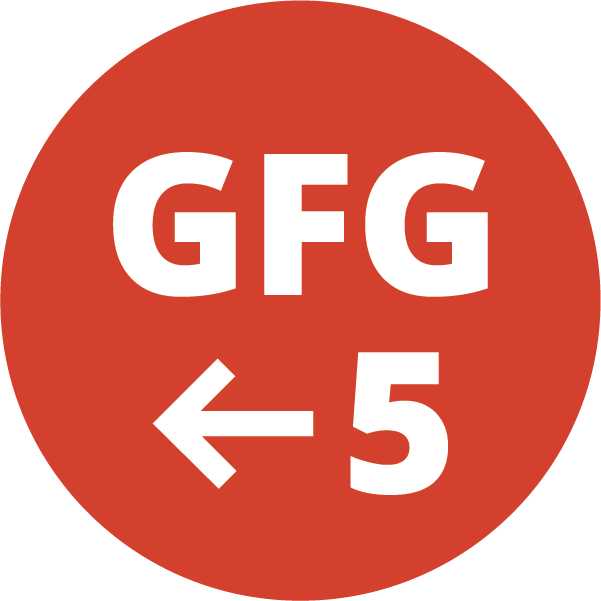 |
5 - Red Improver Indicate fish which have been assessed and rated 5 (red) due to significant environmental concerns, but credible efforts to improve the fishery or farming system have been agreed through a Fishery or Aquaculture Improvement Project. MCS encourages environmental improvements in fisheries and fish farms, and so does not recommend avoiding these fish, as normally for seafood rated 5. |
|
 |
5 - Avoid MCS would like consumers and businesses to avoid buying MCS red-rated fish until improvements in its production are made. |
|
To learn more about the specific criteria used to determine the ratings displayed on FishChoice.com, visit our Sustainable Seafood Ratings Partners page.
FishChoice currently lists sustainable seafood certifications from the following partners:
|
Aquaculture Stewardship Council
|
Aquaculture Certification |
Certification Criteria | |
|
Chain of Custody |
|||
| Audubon Nature Institute |
GULF Responsible Fisheries Management (RFM) |
Certification Criteria | |
|
Best Aquaculture Practices
|
BAP 1 Star |
Certification Criteria | |
|
BAP 2 Star |
Certification Criteria | ||
|
BAP 2 Star |
Certification Criteria | ||
|
BAP 3 Star |
Certification Criteria | ||
|
BAP 4 Star |
Certification Criteria | ||
|
GlobalG.A.P. |
GGN Certified Aquaculture | Certification Criteria | |
|
Marine Stewardship Council
|
Fishery Certification |
Certification Criteria | |
|
Chain of Custody |
To learn more about the specific criteria used to determine the certifications displayed on FishChoice.com, visit our Sustainable Seafood Certifications Partners page. Certification schemes listed on FishChoice.com must be formally recognized by the Global Seafood Sustainability Initiative (GSSI).
In some cases when assessing a seafood's sustainability, you may find that it is coming from a fishery improvement project (FIP). A FIP is a multi-stakeholder effort to address environmental challenges in a fishery. FIPs utilize the power of the private sector to incentivize positive changes toward sustainability in a fishery and seek to make these improvements endure through policy change. FishChoice’s sister-site FisheryProgress tracks over 180 FIPs around the world, making it easy to track their progress towards becoming more sustainable. In instances where a FIP badge is shown next to a product source, you can click the FIP icon to learn more about the current conditions and progress that specific FIP is making on FisheryProgress.org.
Understanding US Fisheries Management and Regulations
Reviewing and implementing catch levels is an essential step in ensuring the health and longevity of a particular species and allows for analysis of a fishery’s overall management. For example, in the United States, NOAA Fisheries (also known as National Marine Fisheries Service) conducts annual surveys using a multi-step process to inform these catch limit decisions. These steps include:
Step 1: Calculating the overfishing limit
The catch level that corresponds to the stocks’ maximum sustainable yield is calculated by the regional fishery management council. Overfishing is of particular concern as it diminishes the long-term health of the overall population.
Step 2: Recommending the acceptable biological catch
Recommendations are made by Scientific and Statistical Committees by adjusting the catch limit downward from the overfishing limit to account for scientific uncertainty.
Step 3: Specifying the annual catch limit
Catch limits are frequently set to be equal to the recommended acceptable biological catch and cannot exceed it.
Step 4: Setting annual catch targets
Once catch limits or targets (targets are set below the annual catch limit) are determined, this information is used to develop fishing regulations (e.g. gear restrictions, fish length)
More information on how NOAA sets its annual catch limit can be found here.
Understanding US Aquaculture Management and Regulations
While there is no national oversight agency for aquaculture in the US, management of US-based farms is considered to be strong and there are extensive regulations in place regarding predator control, therapeutic uses, and disease management. Permitting varies by state with numerous federal agencies providing some degree of oversight. These include:
- The United States Department of Agriculture (USDA) – which is responsible for coordinating national aquaculture policy and providing industry with research, information, and extension services;
- The Environmental Protection Agency (EPA) – which regulates waste discharge from aquaculture facilities. The EPA authorizes state governments to regulate aquaculture discharges in accordance with National Pollutant Discharge Elimination System (NPDES) permits. These permits help control and monitor discharge levels of solids and other pollutants. Discharge from aquaculture facilities is also subject to additional regulations under individual state laws and agencies;
- The Fisheries and Wildlife Service (FWS) – which regulates the introduction and transport of fish; and,
- The Food and Drug Administration (FDA) – the FDA’s Center for Veterinary Medicine is responsible for approving and monitoring the use of drugs and medicated feeds used in the aquaculture industry.
Information on the specific management measures put into place, and by what agencies, can be found in one of FishChoice’s 80+ Seafood Guides under the “Science & Management” tab.
How can I get started?
- Sign up for a free FishChoice.com account.
- Continue to explore the Learn section of our website for additional resources and information on how to integrate sustainability into your work.
- Commit to sustainable sourcing and make your commitment public. Brainstorm and set goals using our one-of-a-kind seafood commitment tools
- Source from FishChoice Partners to meet your customers’ sustainability needs. Access transparent sourcing information from over 600 leading, global seafood companies.
- Track the sustainability of the seafood you buy and sell and share. Create real-time personalized sustainability reports for your staff and customers.
Acknowledgements: NOAA Fisheries, Conservation Alliance for Seafood Solutions
Seafood Glossary
Familiarize yourself with terms commonly used when discussing sustainable seafood. Click on a term to view the complete definition. Back to top.

